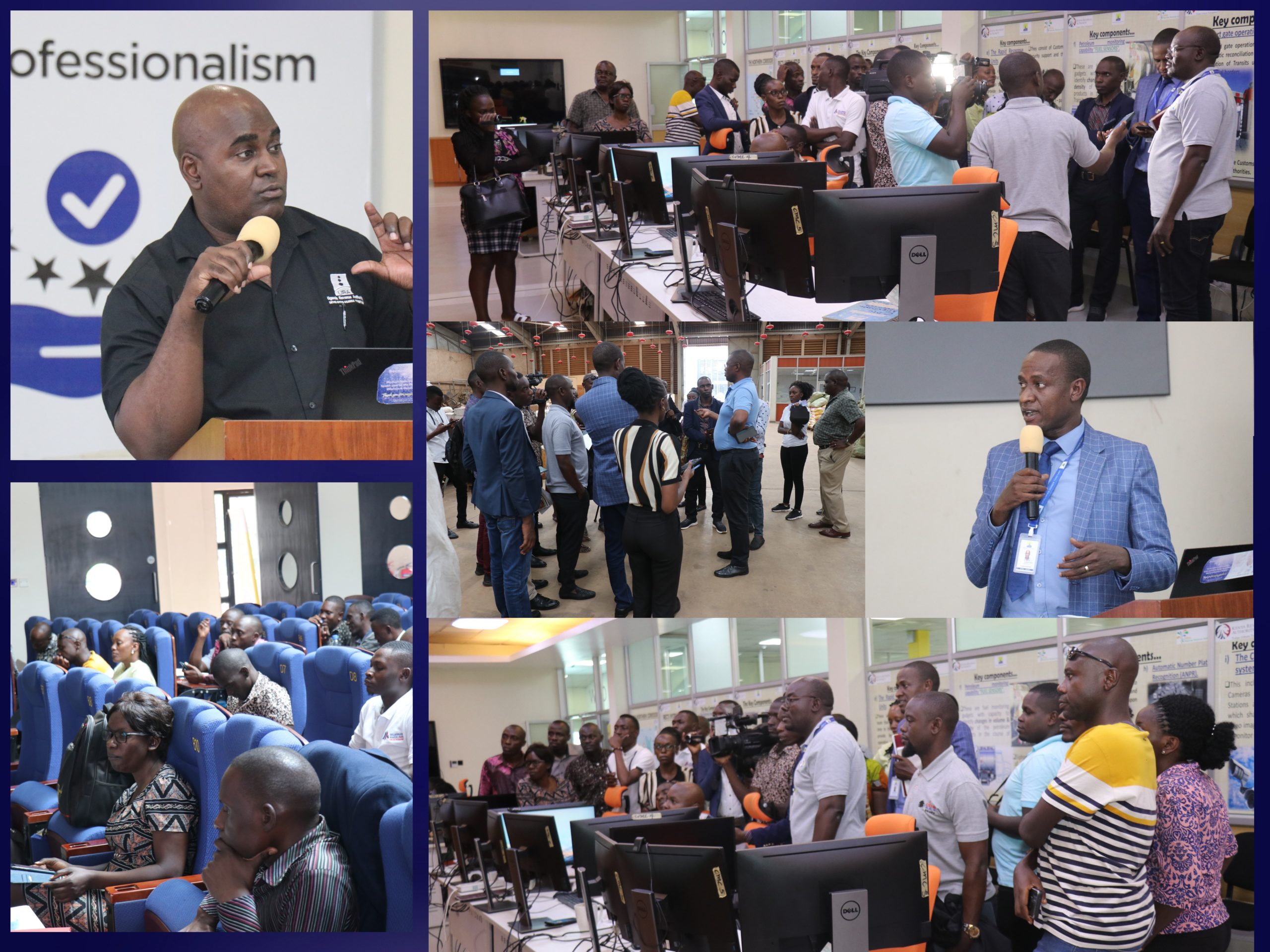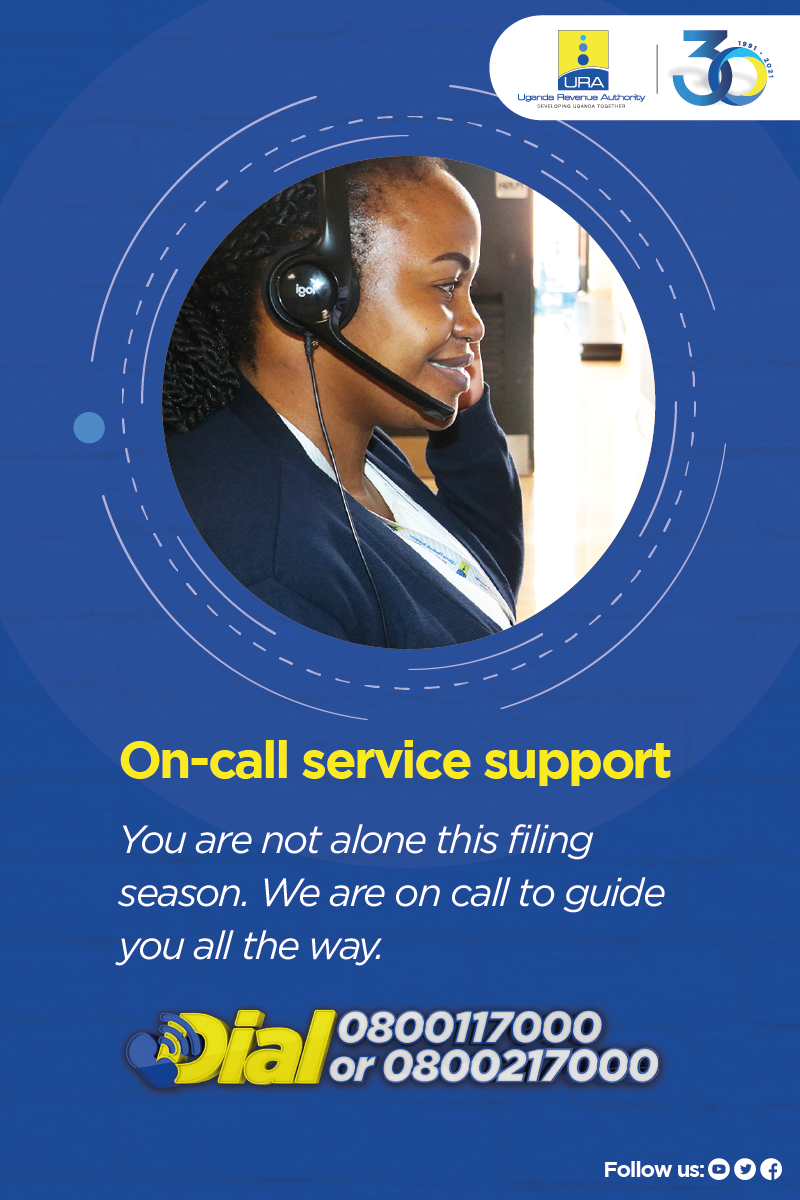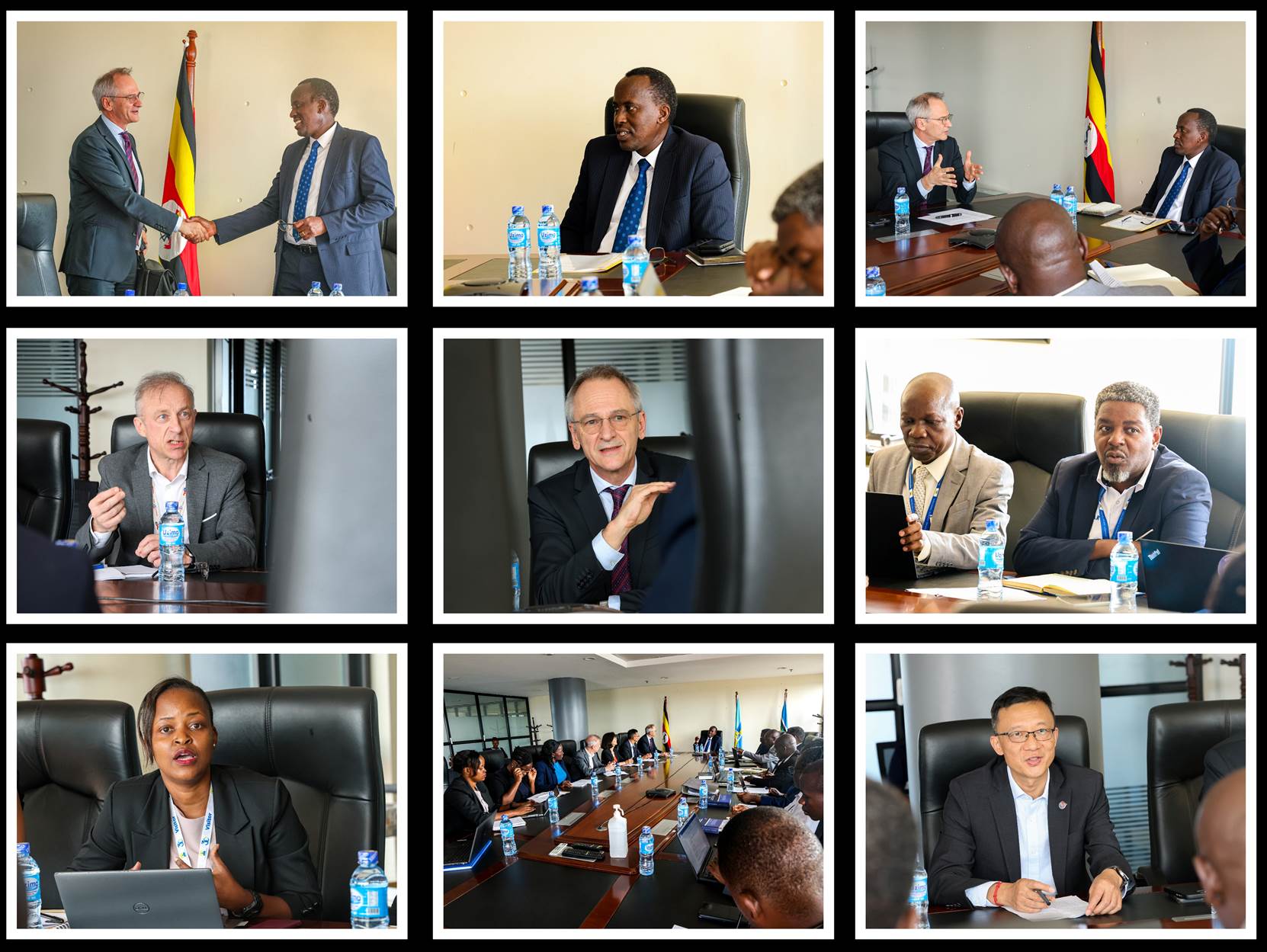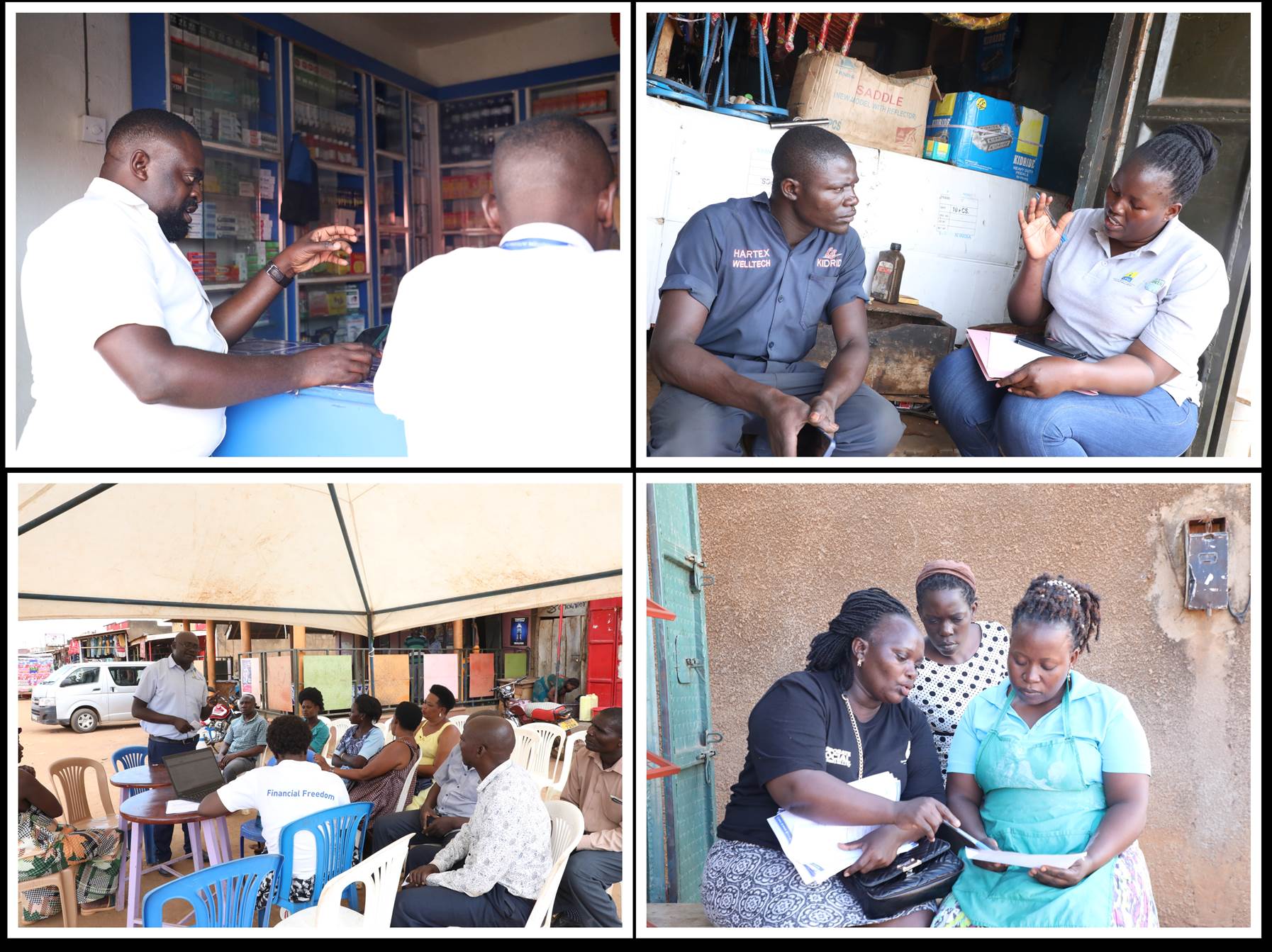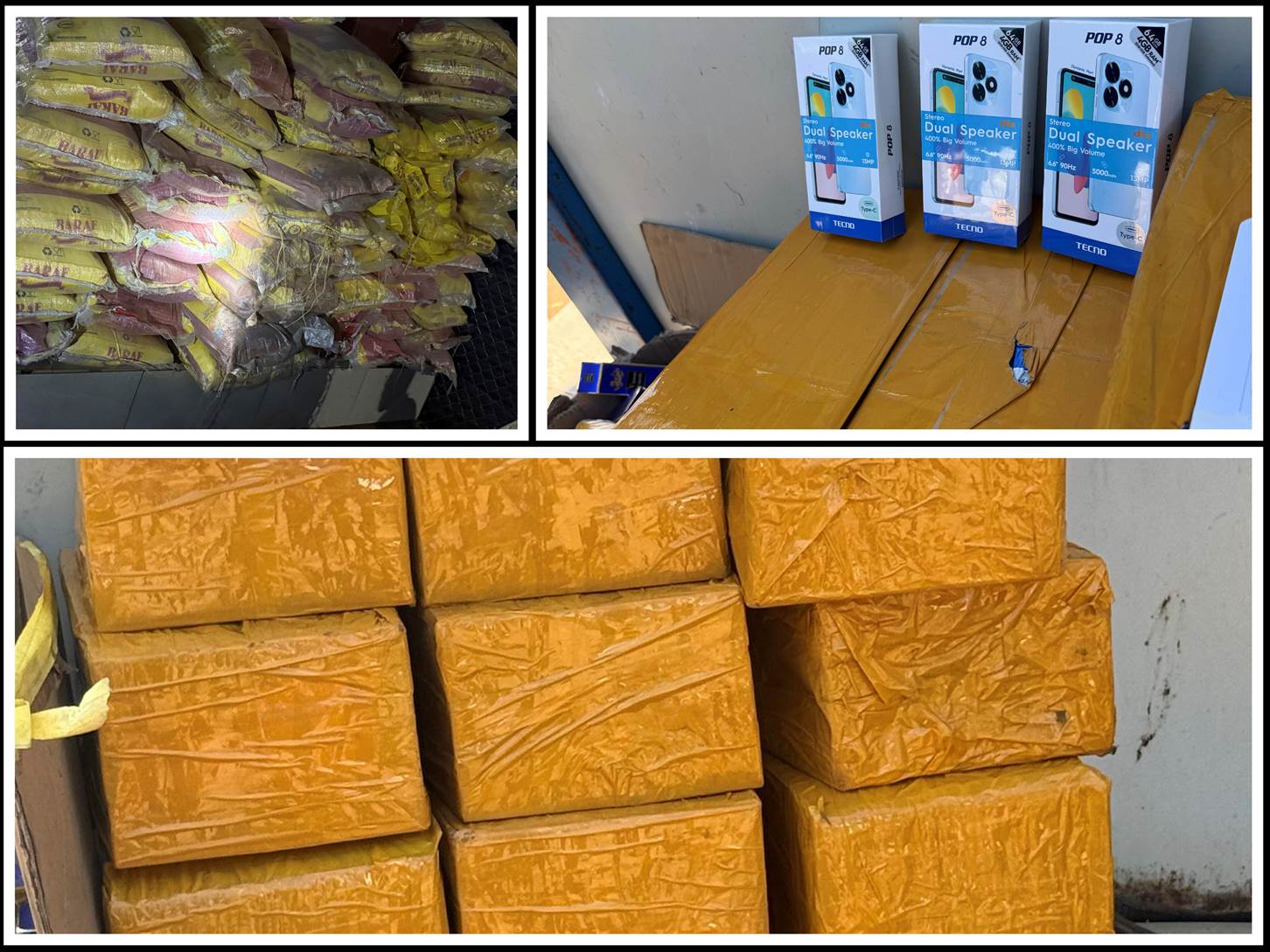By Kabahweza Kamugisha
Journalists are key stakeholders in revenue mobilization, they play an integral role in domestic revenue mobilization. It is for this reason that the URA communications team met with them.
Addressing the journalists in Sendawula hall on Friday, Ibrahim Bbossa, the Assistant Commissioner Public and Corporate Affairs noted that working with the media can go along way in creating endearment with the public.
He explained that the fourth estate are better partners because they hold so many people accountable including Government. This in turn help here no other partner as the fourth estate which holds government accountable, translates complex information to the public and disseminates information that matters.
“For example, we could give you information that is embellished, but you have the ability to make it real and meaningful to somebody on the ground, the reason we need to have such conversations so that we understand each other better,” said Bbossa on how powerful the media is.
On fighting corruption, Bbossa noted that URA has put in place a lifestyle audit policy to check and monitor employees’ earnings and expenses in line with their salaries.
“In the last three years, URA has done more in putting processes, systems and building capacity of our staff to try to change and improve aspects of integrity,” he noted.
Discussing on URA ’s customs enforcement activities, Moses Wanjalo, Supervisor Customs Enforcement called on journalists to support URA by disseminating information related to taxation, the benefits of paying taxes and the dangers of smuggling on the Ugandan economy.
He explained that among the efforts URA is undertaking in mobilizing revenue is to engage, educate before they enforce finally.
“We engage and educate through different platforms such as tax katale, media engagements, radio talk shows across the country,” said Wanjalo.
Wanjalo told journalists that URA has deployed non-intrusive inspection scanners to curb concealment of goods.
As part of the engagement, the journalists also toured the Customs Monitoring Centre to get more insights on regional electronic cargo tracking system (RECTS) and also visited the customs warehouse where seized goods are kept.


